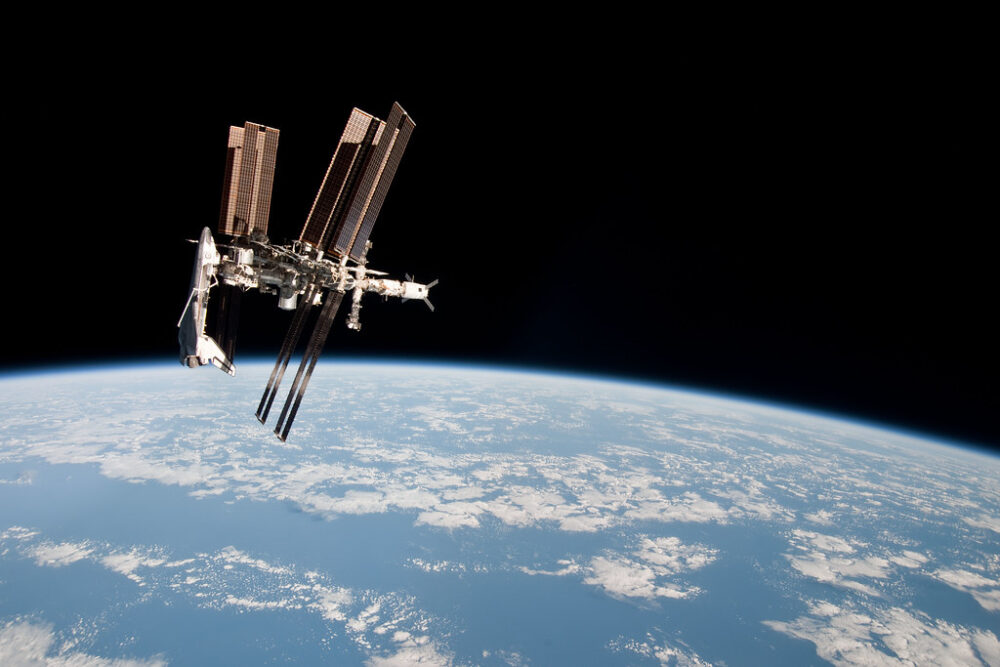With trillions of stars and unknown planets alike, space has always been an endless void of possibilities and resources. And, as humans continue to ravage the Earth, we have begun to look towards space as an alternative supply of opportunities. But, without international law, what will prevent another misuse and overuse of resources? Meet the Artemis Accords: thirteen provisions that look to create international collaboration in the way space is explored and utilized.
Meet the Artemis Accords: thirteen provisions that look to create international collaboration in the way space is explored and utilized.
Led by NASA, the 2020 Accords look toward the next step in human evolution and the colonization of other planets. While space law, such as the Outer Space Treaty, is not new, the Accords hope to become the first governing body of space outside just a set of rules. This governing body will be accomplished through state and commercial partner facilitation through “international cooperation in the field of scientific investigation.” As of now, only eight nations have signed onto the Artemis Accords, due to a lack of trust and understanding between countries that have not always seen eye to eye. For example, China and Russia are having difficulty agreeing to anything with the belief that the development of a governing body would put the United States in control and help them gain a significant advantage in obtaining specifically the moon’s natural resources. There are also others that raise eyebrows about the legitimacy of the Accords in the context of international law and whether or not signing would really mean anything. The hope is that, as the Accords continue to be reassessed with the goal of mutual boundaries, more nations will sign. As of right now, eight signatures carry little weight and do not have the traction NASA was looking for. Nonetheless, NASA has made it clear that its intentions are not self-oriented and are instead on the side of scientific exploration.
While space law, such as the Outer Space Treaty, is not new, the Accords hope to become the first governing body of space outside just a set of rules.
More than that, NASA believes that the Artemis Accords are a new form of space law. Implemented as a “building block” method of governance, the hope is to stage outer space activities. One of the first steps of the Accords is to implement rules on the number of organizations and what states can be registered to operate in outer space. The purpose of this is to ensure that international organizations are held accountable for their actions. The second main provision is the removal and mitigation of space debris, caused by dysfunctional satellites being left in the Earth’s orbit and causing a threat to further space exploration. By registering activities amongst members, the hope is to build a layer of trust “regarding location and nature of their activities and create a ‘safety zone’ to avoid potential harmful interference.” Through the creation of safety zones, the ultimate goal of scientific discovery and proper utilization of resources will be not only accomplished but also monitored to hold everyone accountable.
The ultimate goal of scientific discovery and proper utilization of resources will be not only accomplished but also monitored to hold everyone accountable.
While these are just some of the ideas that the Artemis Accords hopes to one day accomplish, there have already been agreements, like the preservation of space heritage, which has never been seen before. Defined as “historically significant human or robotic landing site, artifact, spacecraft, and other evidence of activity on celestial bodies,” all parties have agreed that many of the collective achievements thus far deserve to be preserved to maintain their history and significance. This preservation will be done by creating safety zones and deconfliction zones with the goal of preventing harm from any sites of significant value. Specific examples of some of the artifacts to keep intact are the American flag left from the 1969 Apollo 11 mission and the Chinese flag from the 2020 Chang’e 5 mission. As of right now, the Accords limit the preservation of these physical artifacts and will take deliberation between states and partners to see how that definition changes or is expanded.
The biggest aspect that the Artemis Accords have going against them is time. While the blueprints they have laid out have the potential to be one of the most innovative projects of the future, it needs time to become a fully-fledged governing body. But, where does that start? Well for starters, the Accords plan for continued development of a treaty and expectations in “the basis of international cooperation in the field.” Nonetheless, it provides an excellent foundation for the future of politics as we look toward the endless possibilities of outer space. And maybe, through continued growth, policies, and streamlining, it will provide a new era in politics.






